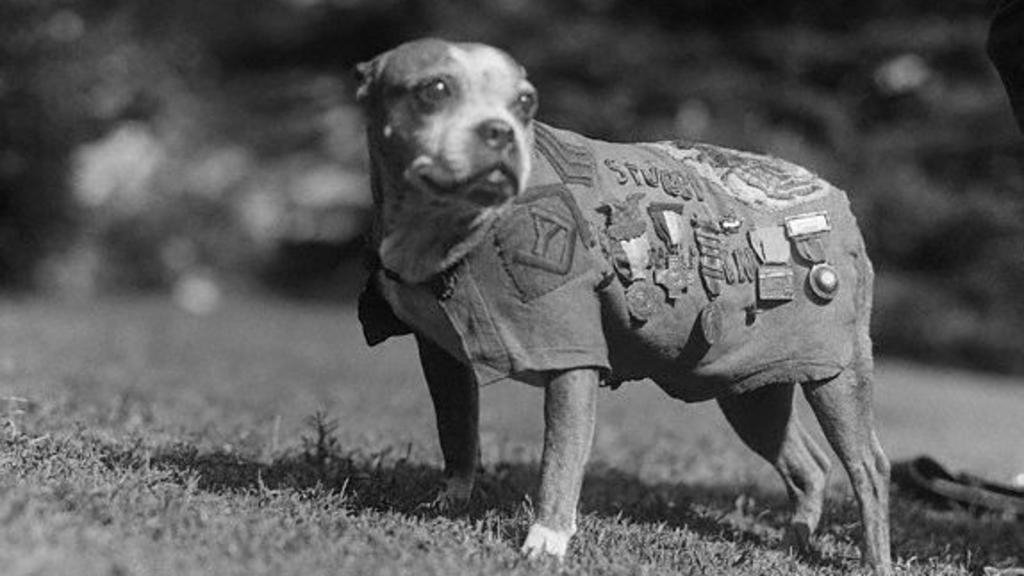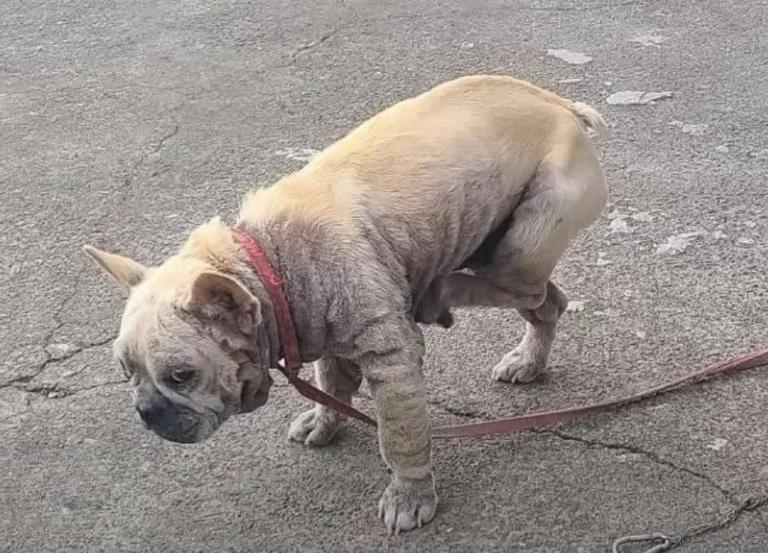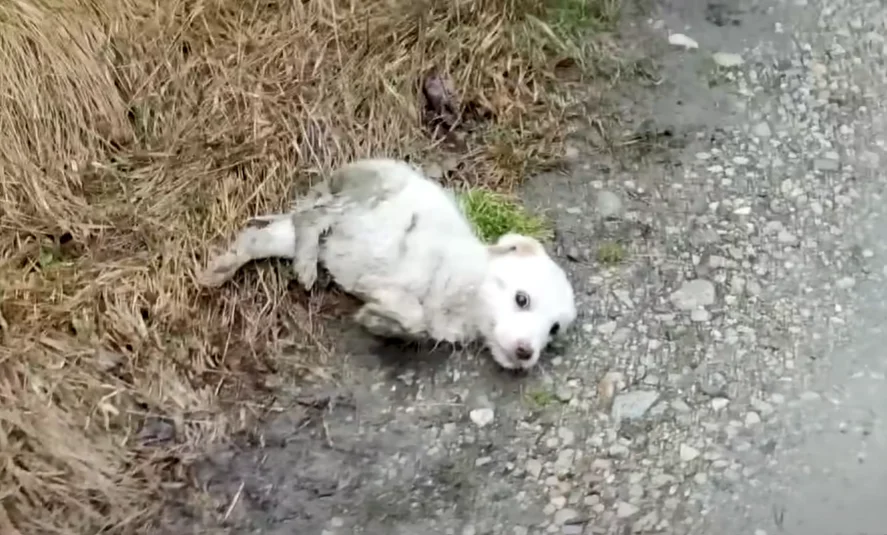August 26 is recognized as International Dog Day, a time to honor the special bond between humans and dogs. This relationship has existed for over 16,000 years. Dogs play diverse roles in our lives, from aiding in rescue operations to assisting with farm work and beyond. While every dog owner thinks their pet is exceptional, here’s a look at some of the most remarkable dogs throughout history.

Dogs in Space
While we often remember famous human astronauts, it’s less known that over 20 dogs have journeyed into outer space. During the Space Race of the 1950s and ’60s, Soviet scientists used dogs as test subjects to advance space travel. The first dogs to venture beyond Earth were Tsygan and Dezik in 1951. Their mission, which was a suborbital flight, reached the edge of space but did not enter orbit.
The most famous of these space dogs, Laika, orbited the Earth aboard Sputnik 2 in 1957. Unfortunately, Laika did not survive the mission; she was given only enough oxygen to last about nine days and likely perished earlier due to extreme heat. Despite the circumstances of her mission, Laika has been commemorated with stamps, statues, and museum exhibits.
Later, Belka and Strelka became the first dogs to safely return from orbit in 1960. Strelka’s legacy continued when one of her puppies was gifted to President John F. Kennedy. Remarkably, descendants of Strelka’s puppy are still alive today. These pioneering space dogs were instrumental in proving that living beings could survive space travel, even if the humans couldn’t quite match their achievements.
For more on animal astronauts, including Laika, Belka, and Strelka, check out the “Bodies in Space” issue of MUSE Magazine, released earlier this year!

Chips, the War Dog
Chips, a mixed-breed dog, became one of the most well-known war heroes of World War II. Originally a family pet, Chips was donated to the military and trained as a sentry dog. Throughout his service, he was stationed in various locations, including Germany, Italy, France, and North Africa.
Chips is perhaps best remembered for his actions during the invasion of Sicily. In one notable incident, he and his handler were pinned down by enemy fire in a bunker. Chips bravely charged at the enemy gunners, helping to force their surrender despite being injured in the process. He later assisted in capturing additional prisoners that day.
Chips was initially awarded the Purple Heart, Distinguished Service Cross, and Silver Star for his bravery, but the U.S. Army later rescinded these medals, citing a policy that prohibited the decoration of animals. After the war, Chips was reunited with his original owner and lived out the rest of his life in the United States. His story was later adapted into a Disney film, celebrating his remarkable contributions.

Sergeant Stubby
Sergeant Stubby, a Boston Bull Terrier, is celebrated as one of the most decorated dogs of World War I. Stubby was a stray who wandered onto the Yale University campus where soldiers were training. The troops took a liking to him, and when they deployed to France, they smuggled Stubby onto their ship. Initially met with skepticism by a commanding officer, Stubby won approval after he performed a salute.
Stubby participated in 17 battles over eight months and played a role in capturing a German soldier. Despite suffering injuries from grenade blasts and exposure to mustard gas—prompting the creation of a special gas mask for him—Stubby returned home a war hero. He was honored with several medals, although the U.S. Army later rescinded these awards, stating that animals were not eligible for such decorations. Stubby’s post-war life included leading victory parades, meeting three U.S. Presidents, and becoming the mascot for Georgetown University. His preserved remains are displayed at the Smithsonian Institution’s National Museum of American History.

Owney, the Post Office Dog
Owney, another famous dog at the Smithsonian, was a stray who became an icon of the postal service. Known for his love of mailbags, Owney followed them onto postal wagons and later onto mail trains, traveling extensively across the country and internationally to Europe and Asia.
Postal workers considered Owney a good luck charm and adorned him with medals from each location he visited. When space on his collar ran out, he wore a vest decorated with medals. After his death in Toledo, Ohio, Owney was preserved through taxidermy and now resides at the National Postal Museum, along with 372 of his medals.

Presidential Dogs
The White House has been home to numerous presidential dogs. Of the 45 U.S. Presidents, 30 have had dogs. Warren G. Harding’s Airedale, Laddie Boy, was the first presidential dog to gain significant public attention. He had his own chair during cabinet meetings and was featured in newspaper “interviews.”
Franklin D. Roosevelt’s Scottish Terrier, Fala, is immortalized with a statue at the FDR Memorial. Theodore Roosevelt’s Bull Terrier, Pete, famously chased a French ambassador up a tree. Richard Nixon’s cocker spaniel, Checkers, became famous during Nixon’s 1952 “Checkers speech,” where Nixon defended keeping the dog despite accusations of financial impropriety.
George H.W. Bush’s Springer Spaniel, Millie, gained fame for her book, Millie’s Book: As Dictated to Barbara Bush, which provided a humorous perspective on life in the White House. Millie’s memory is honored with a dog park in Houston. Another Bush family dog, Ranger, was notably mentioned in a memo about his weight. Dwight D. Eisenhower’s Weimaraner, Heidi, also appeared in a recent issue of COBBLESTONE Magazine.

Bosco, the Dog Mayor
In Sunol, California, a black Lab named Bosco became an honorary mayor in 1981, running on a lighthearted “Re-pup-lican” platform. Bosco’s campaign slogan was “A bone in every dish, a cat in every tree, and a fire hydrant on every corner.” He held the title until his death in 1994. Bosco’s political career even sparked international discussion about democracy. His legacy is celebrated in Sunol with a local pub, souvenir t-shirts, and a bronze statue.

Balto, the Heroic Husky
Balto, a sled dog, is best known for his role in the 1925 serum run to Nome, Alaska, which was crucial in combating a diphtheria outbreak. The journey covered 537 miles in harsh winter conditions, with Balto leading his team on the final leg. A statue of Balto in Central Park commemorates his endurance and bravery. After the run, Balto was celebrated with a parade in Cleveland, Ohio, where he lived for the rest of his life. His mounted remains are displayed at the Cleveland Museum of Natural History.
Want to Read More?
Dogs have played significant roles throughout history and continue to be featured in our award-winning children’s magazines. Here are some recommended issues for dog enthusiasts:
CLICK Magazine’s “Good Dog” issue explores dog heroes like Balto and answers questions from young readers about their favorite pets.
FACES Magazine’s “World of Dogs” issue highlights dogs around the globe and includes more canine celebrities.
The “Pets On The Mind” issue of MUSE Magazine delves into pet psychology, offering a scientific perspective on our furry friends.




